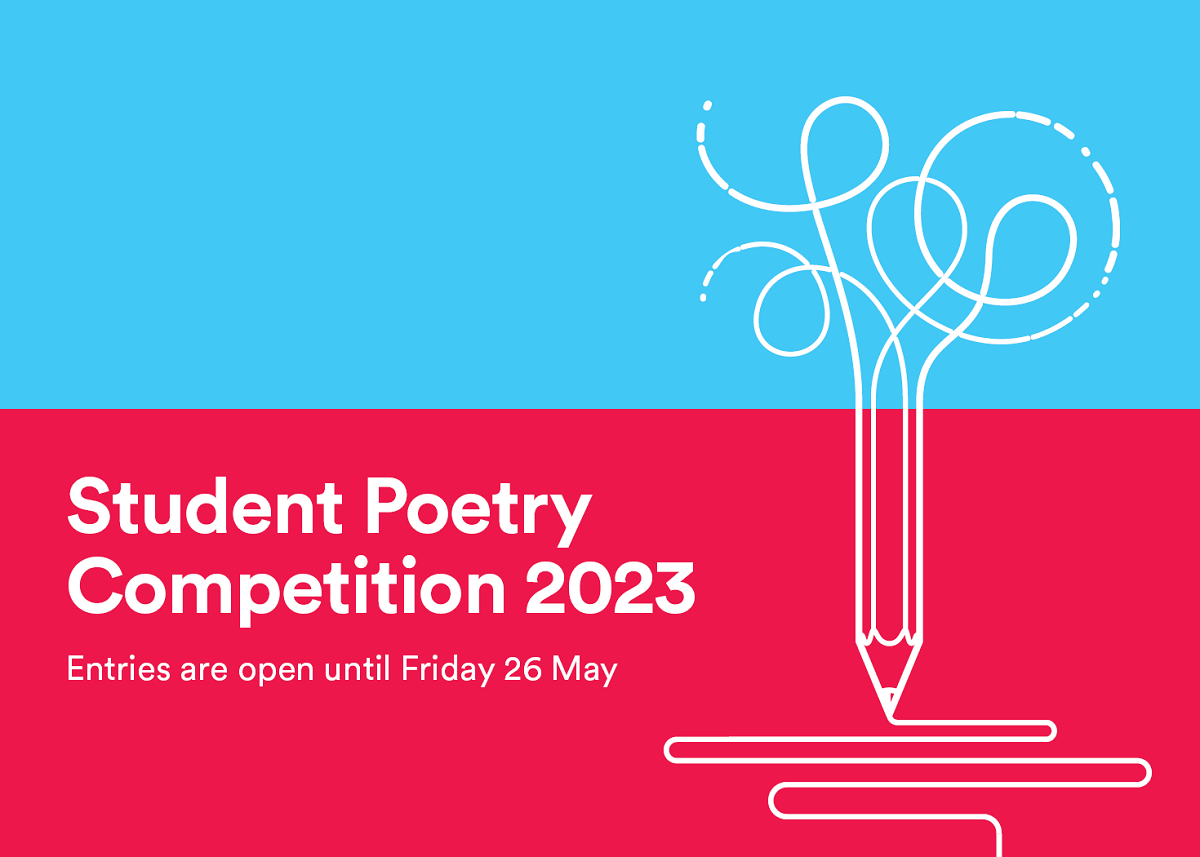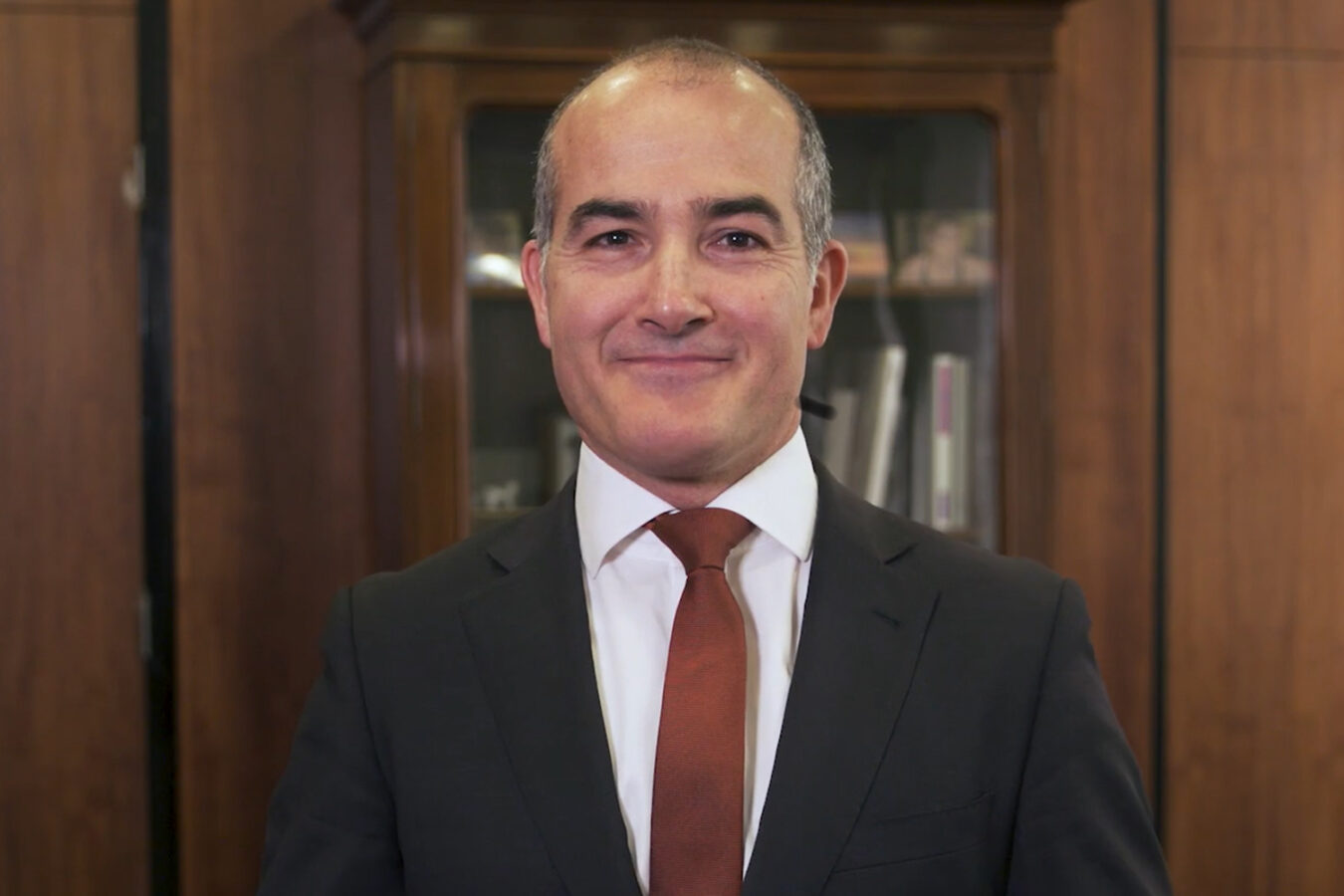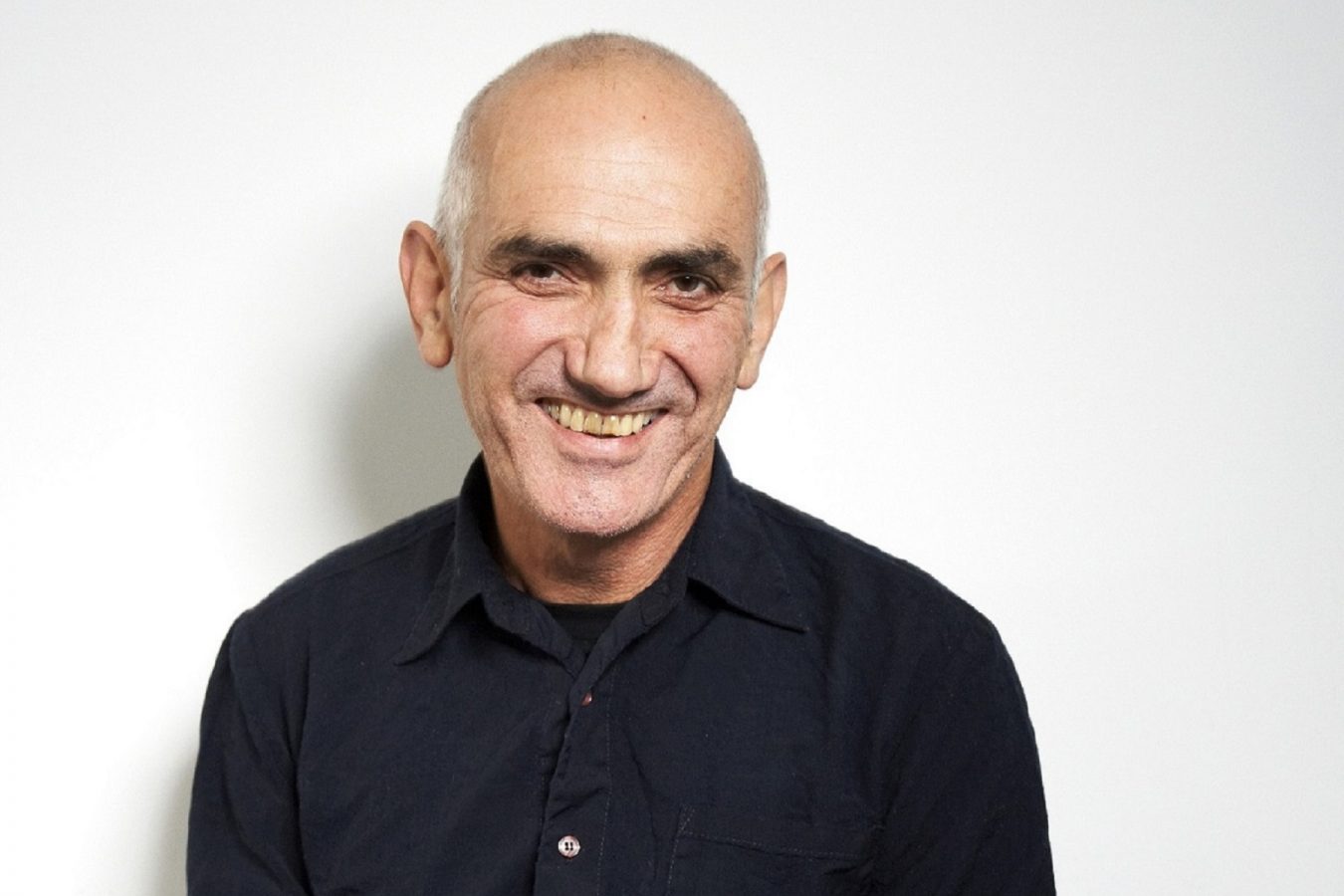
We're asking parents and grandparents to encourage their young poets to enter our Student Poetry Competition. Diane Bourke suggests ideas and simple activities to help young people enjoy poetry.
The English poet Basil Bunting once said, ‘Poetry lies dead on the page until some voice brings it to life.’ He reminds us that that the more we listen to poetry the more we become tuned into the way meaning is conveyed through sound.
The initial step, before helping the young poet write poetry, is to ensure they hear wonderful examples over and over. So read, read, and read poetry to the young ones in your life. It is also fine for them to read it to you.
If there are no resources currently within reach, remember that libraries are full of wonderful poetry anthologies such as those by Allie Esiri for older students, though she has a recently released A Nursery Rhyme for Every Night of the Year’ aimed at younger students. And there is Ella Risbridger’s And Everything will be Glad to See You written by women and girls. As a child I was bewitched by The Book of a Thousand Poems which is still available today.
Learning poems by heart
After listening to many poems, challenge yourself (and your young poet) to learn a poem by heart. This will help you both gain an enhanced appreciation and understanding of the poem. Furthermore, it will give you a feel for its music, enabling the poem to become part of you. You will have fun but also gain an incredible sense of achievement.
Gradually you will begin to notice what the poet Billy Collins meant when he said, ‘When you internalise a poem, it becomes something inside you. You’re able to walk with it. It becomes a companion.’
Each of us differ in how we like to learn a poem and you will identify which way is best for you. Let the poem suggest its own way into your heart. You could learn a poem together and help each other out with troublesome lines. Poems that have regular rhyme and rhythm are often easier to remember as you start this journey. Remember the story the poem is telling you, focus on its rhythms and practise, practise, practise. If you are stuck there are many online suggestions for how to learn a poem by heart.
Naturally, the next step is to perform the poem you have learnt by heart. This is one of the most effective ways to explore a poem’s music and meaning and you will find it a rewarding activity to complete together. Share your performances with other family members and friends and keep in mind that poetry was spoken aloud a long time before people started to write it.
Further resources that are worth looking at here are Joseph Coelho’s book ‘Poems Aloud’, which is full of brilliant poems to perform, Nikita Gill’s book Slam! You’re Gonna Wanna Hear This and Michael Rosen’s video clip How to Perform a Poem.
Think about who you are writing for and what you want to say.
Getting down to writing
Think about who you are writing for and what you want to say. Some common poetry subjects are:
- An animal, perhaps your favourite pet
- An object or game
- An emotion, such as horror, or love
- A feeling, like wonder, belonging or hope
- A person
- A place
- A time
Start by writing down all the words that come to mind when you think of your subject. Get ridiculous if need be and loosen up. Start writing whatever comes to mind as you think of your subject.
Try writing one line, it might be the title, last or first line, think about it and take it from there, building further lines up and down. For now, do not worry about formatting as this can be done later. There will be ample time for editing.
Think about the type of poem you wish to write, there are many forms but in the first instance perhaps pick out one of the forms listed below.
Types of poems you might try
- Acrostic Poem
An acrostic poem is where the first letter of every line combines to spell out a message, perhaps the name of a person or animal to whom the poem is dedicated. - Similie Poem
Similes are comparisons using ‘like’ or ‘as’.
Why not combine acrostic and similie poems. For example, Tom:- Tall as a tree,
- Outspoken like a lion’s roar,
- Magnetic charm that draws all near.
- Narrative poems
Sometimes called an epic, ballad, or legend. They essentially tell a story, having their origins in in oral traditions. - Haiku Poems
Traditionally, a haiku is a prescriptive form of Japanese poetry that follows a tight syllabic structure that juxtaposes two subjects, often related to a natural phenomenon. The first line is of five syllables, the second line of seven syllables and a final line of five syllables. For example, Autumn:- Crisp leaves underfoot,
- Golden hues adorn the trees,
- Autumn’s symphony.
Together you will enjoy clapping or stamping out the rhythm.
We look forward to receiving your entries in our 2023 Poetry Competition.
About Diane
Diane Bourke is a Project Manager for Independent Schools Victoria, and part of our Student Poetry Competition team. She was Head of Junior School, Campbell House, at The Geelong College for 16 years, and Head of Junior School, Morris Hall, Melbourne Girls Grammar for 15 years.



